Bamboo Flooring vs Hardwood Flooring
At a Glance:
| Bamboo Flooring | Hardwood Flooring | |
| Variety and Variation | Less variety due to uniformity of species; can be stained to achieve a variety of colors and tones | Hundreds of species offer many choices of color, warmth, depth, and striations |
| Janka Range | 3,800 – 5,000 (max hardness) | 22 – 5,000 |
| Installation Site | Below, on, or above grade | On or above grade |
| Installation Difficulty | Moderate (Novice DIY-friendly) | Difficult (Consult a professional) |
| Price | $1.50 – $12 per sq ft | $3 – $14 per sq ft |
| Lifespan | 20-25 years (can’t be refinished) | 20-25 years (can be refinished) |
The hardwood flooring industry generates about $2 billion in revenue as of 2015, according to an IBISWorld report. Although many home and business owners prefer the warmth and high-end appeal of wood over other flooring choices, bamboo continues to gain traction in the industry. When deciding between bamboo and hardwood flooring, take into account some of the differences between these two options.
Variety and Variation
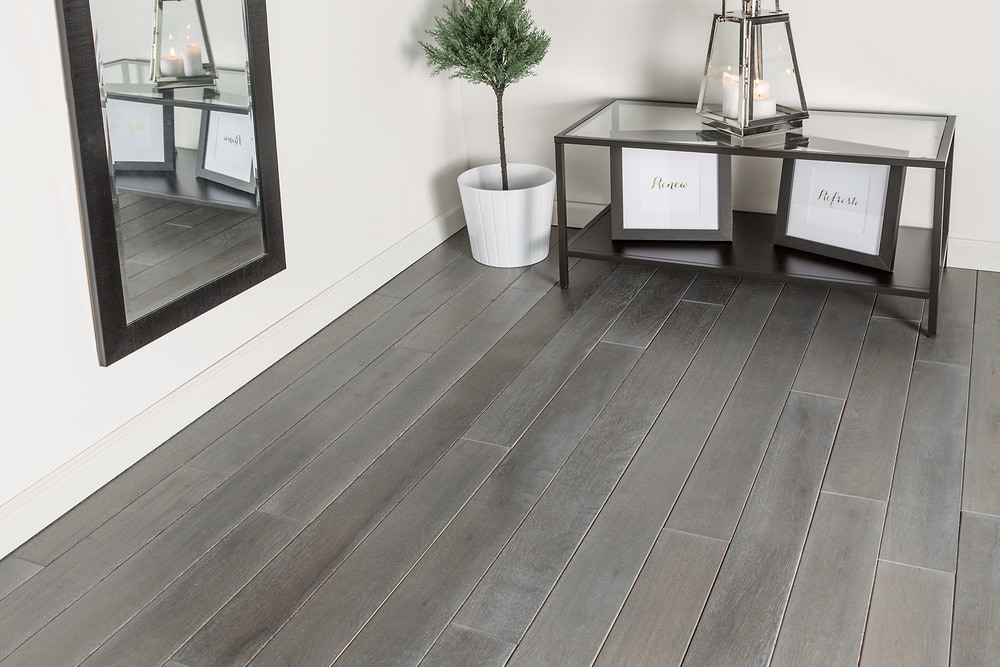
Hardwood floors offer many choices for color, warmth, depth, and striations because of various tree species. Bamboo encompasses far fewer varieties, and although you can stain bamboo to achieve desired colors and tones, it doesn’t have the same breadth of variety that hardwood offers.
However, many homeowners prefer the natural variations that occur on the surface of bamboo flooring. The knuckle patterns lend the material a rustic and visually interesting appeal. If you prefer uniformity, however, hardwood might be a preferable option.
Price and Performance
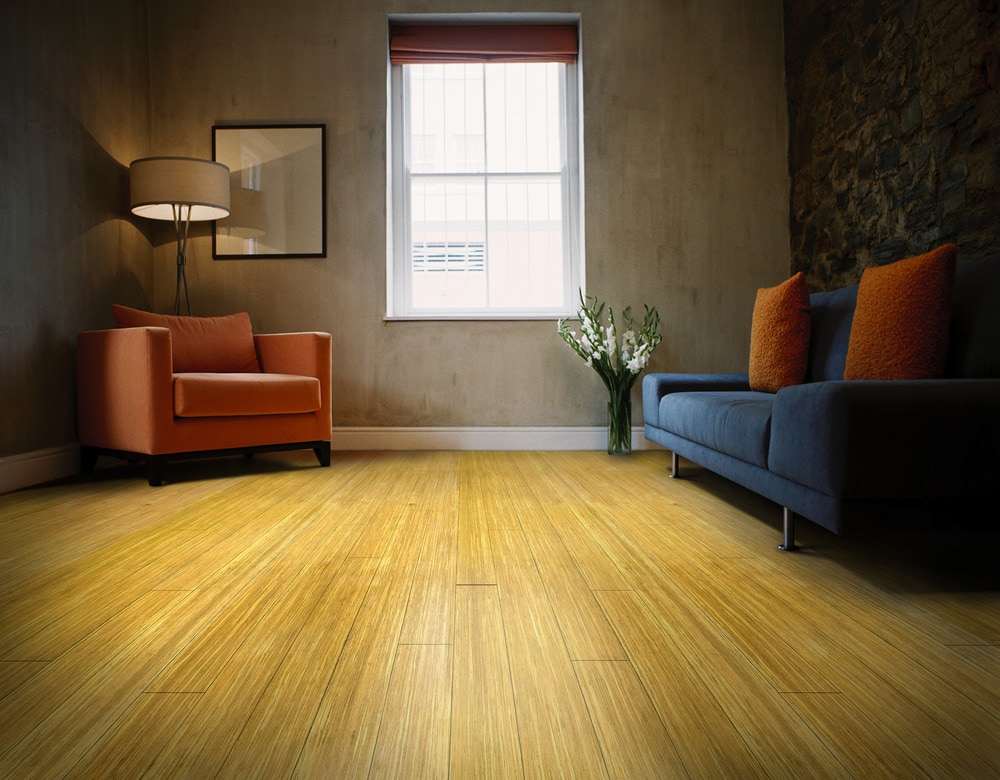
The cost of bamboo flooring can range from around $1.50 to upwards of $12 per square foot, while the cost of hardwood flooring can range from $3 to over $14 per square foot. The price depends on the species of wood and the manufacturing process. If you want the visual appeal of wood at a lower price point, bamboo might offer a budget-friendly alternative.
When you buy bamboo flooring, pay attention to the installation system. Boards designed for a floating, glueless-click application offer the simplest method for DIYers to install, which can save you money on installation. Also pay attention to plank thickness as thicker planks offer more resistance to impact and feel more like solid wood flooring underfoot.
Most hardwood flooring is durable and reliable, even for high-traffic areas like foyers and living rooms. Exposure to humidity can cause this flooring to buckle and warp, however, so environmental considerations should take priority when choosing a flooring material. Below grade installations are generally not recommended for hardwood flooring.
Maintenance and Moisture
Both hardwood and bamboo flooring can incur damage when exposed to moisture. For example, experts recommend avoiding both materials in bathrooms, kitchens, and utility rooms because of the potential water exposure. However, bamboo’s natural moisture resistance makes this material less likely to sustain damage from mild moisture.
To maintain both types of flooring, vacuum and sweep them regularly. Dust and dirt particles can scratch both surfaces. If a hardwood floor succumbs to scratches and dents, sanding and refinishing can help repair the damages. Bamboo, however, cannot always withstand refinishing. Treating methods for repairing scratches and dents depend on the flooring manufacturer, so consider quality carefully during the buying process.
Environment and Energy
Hardwood and bamboo both represent renewable sources of building materials. Bamboo, a grass, grows faster than hardwood, a tree, which earns points among consumers who make purchasing decisions based on the eco-friendliness of a product. Forest Stewardship Council (FSC) certified hardwood and bamboo flooring is more eco-friendly because it is confirmed to come from responsibly managed forests.
If your home needs new floors in non-wet areas, both hardwood and bamboo offer attractive, long-lasting solutions. Consider your budget, aesthetic preferences, and lifestyle to decide which material fits best with your family’s home interiors.

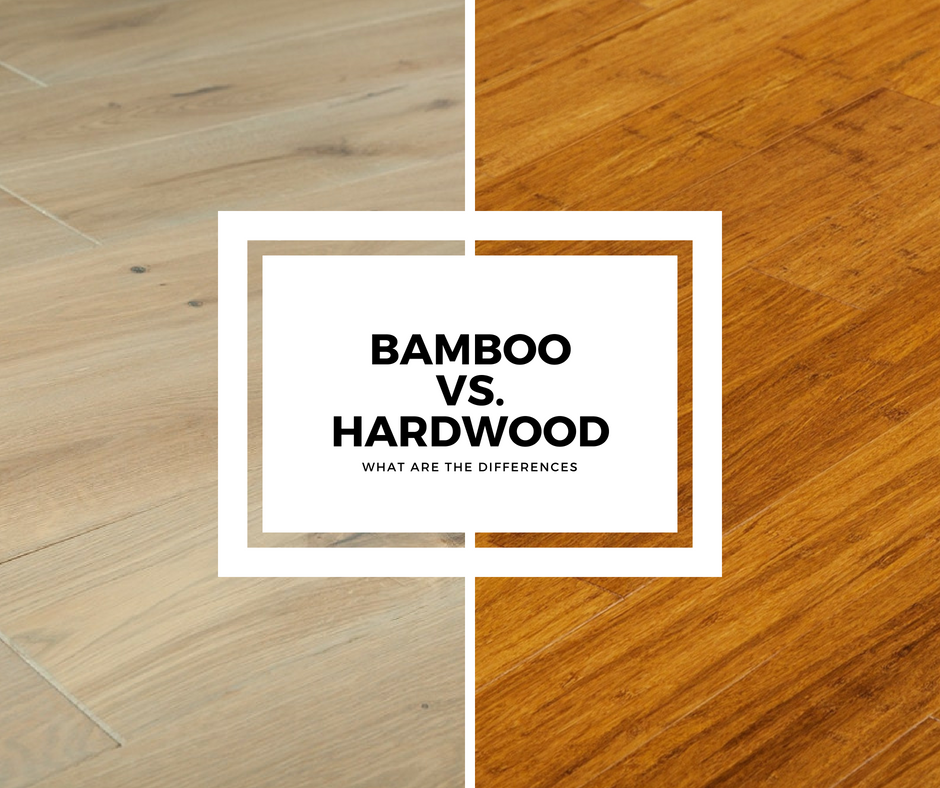
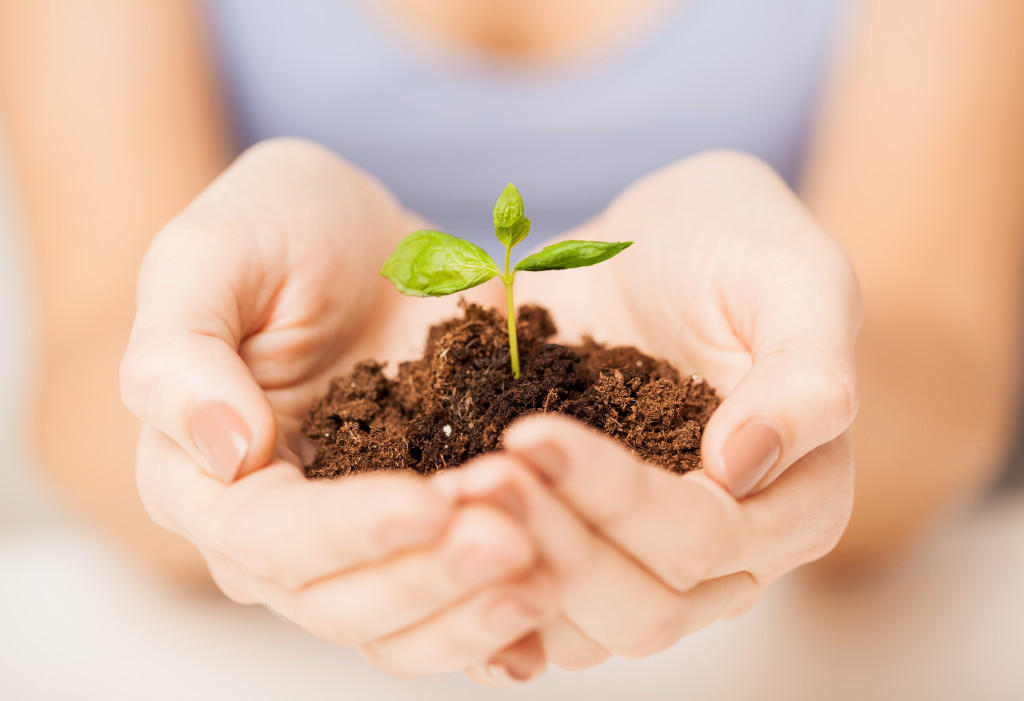

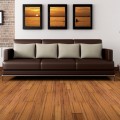

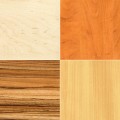
Pingback: {Guest Post} The Good and Bad You Have to Know About Hardwood Floor Materials - South African Mom Blogs
Pingback: Bamboo Vs. Hardwood: Which is the Best for Flooring? - RepairDaily